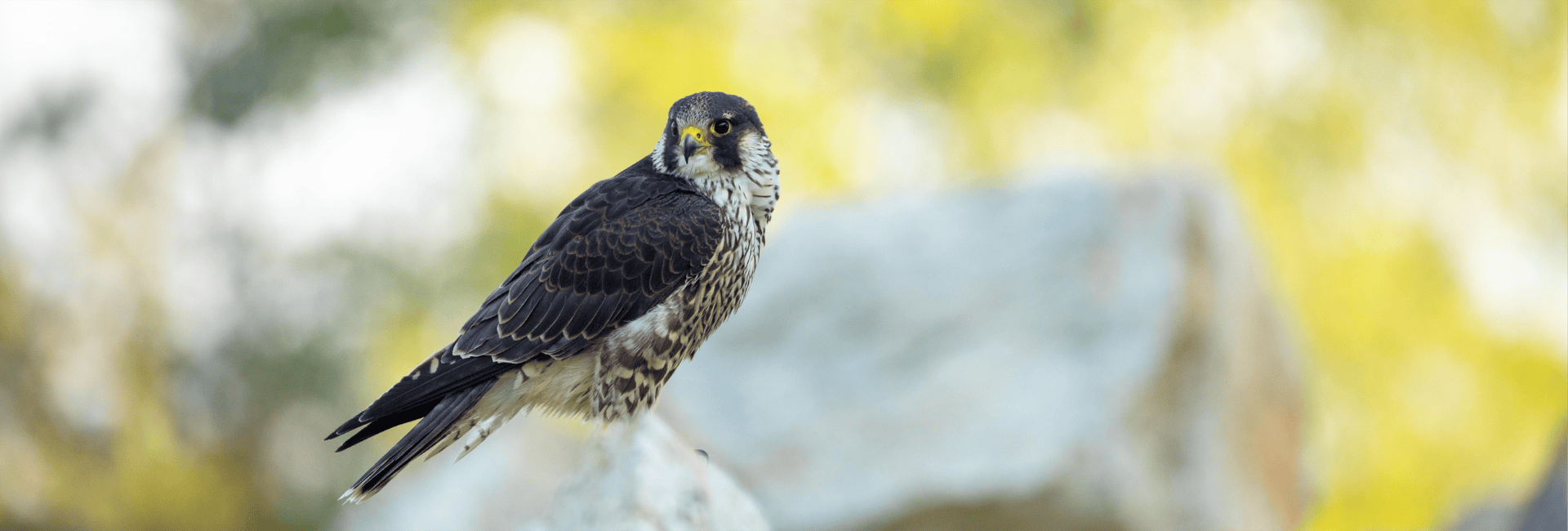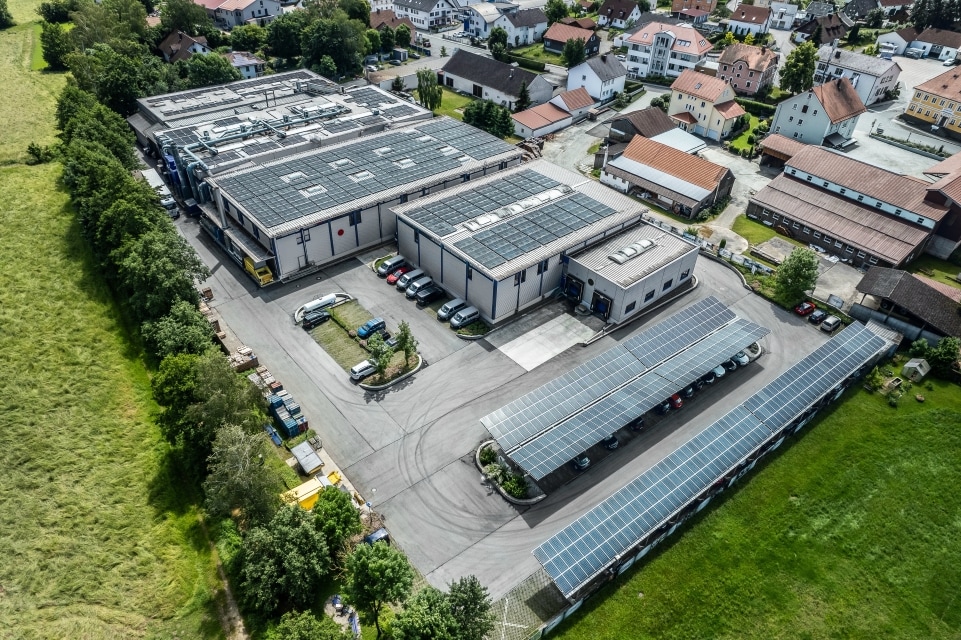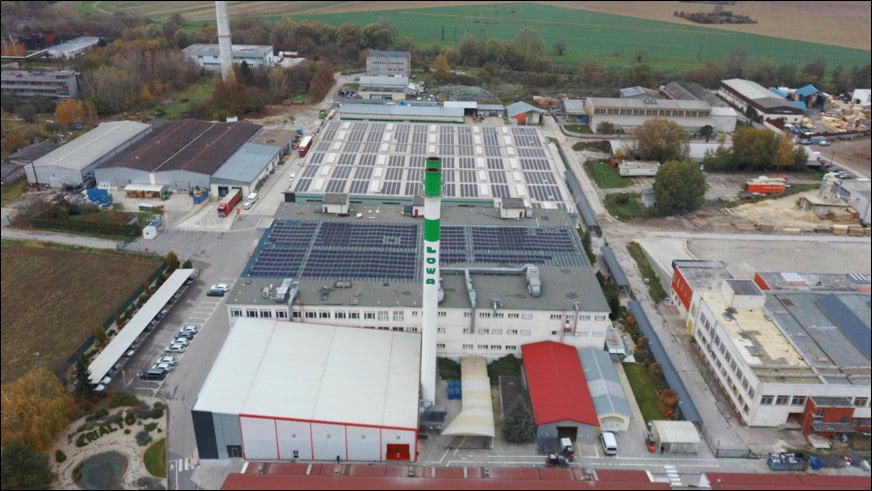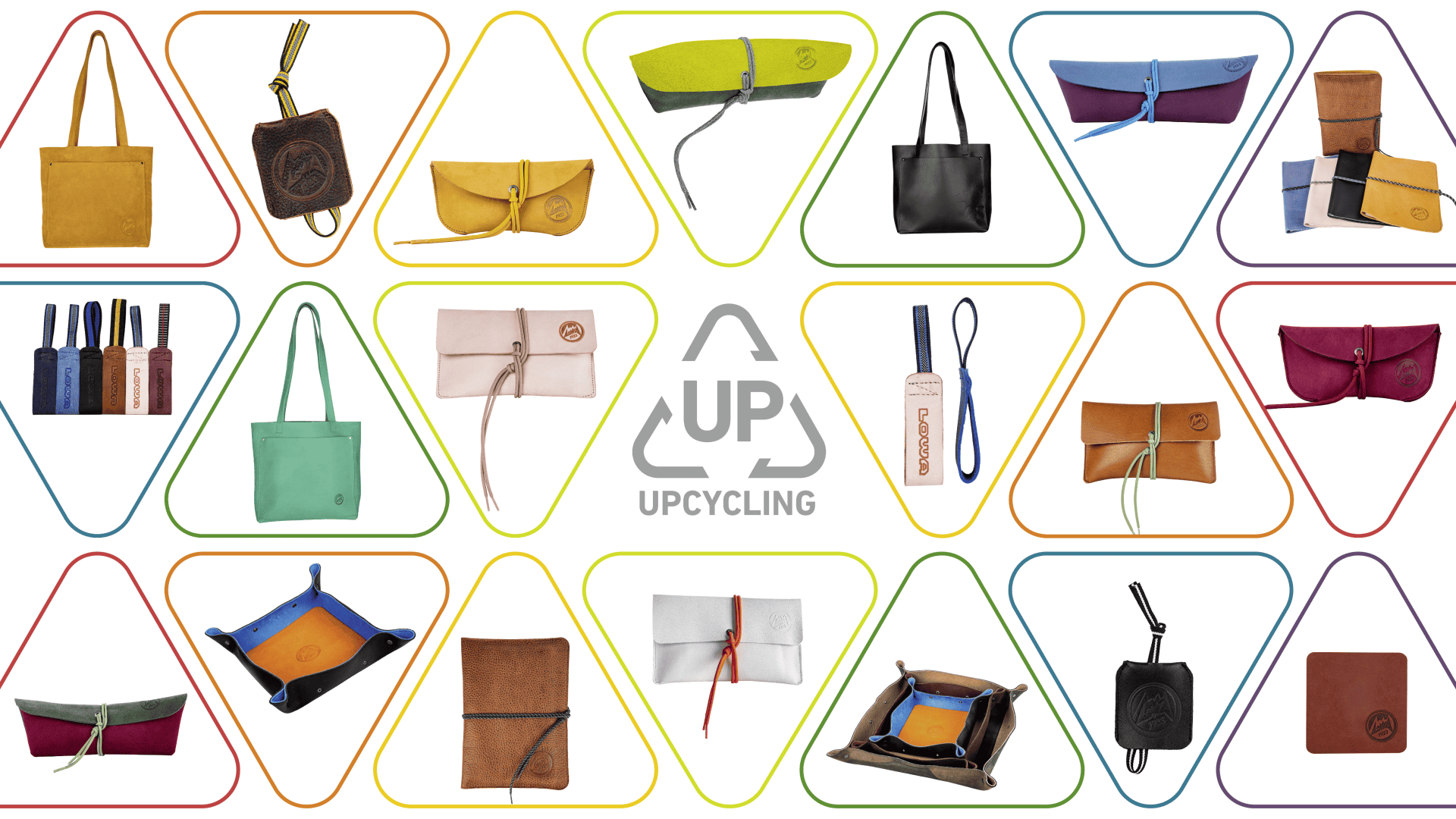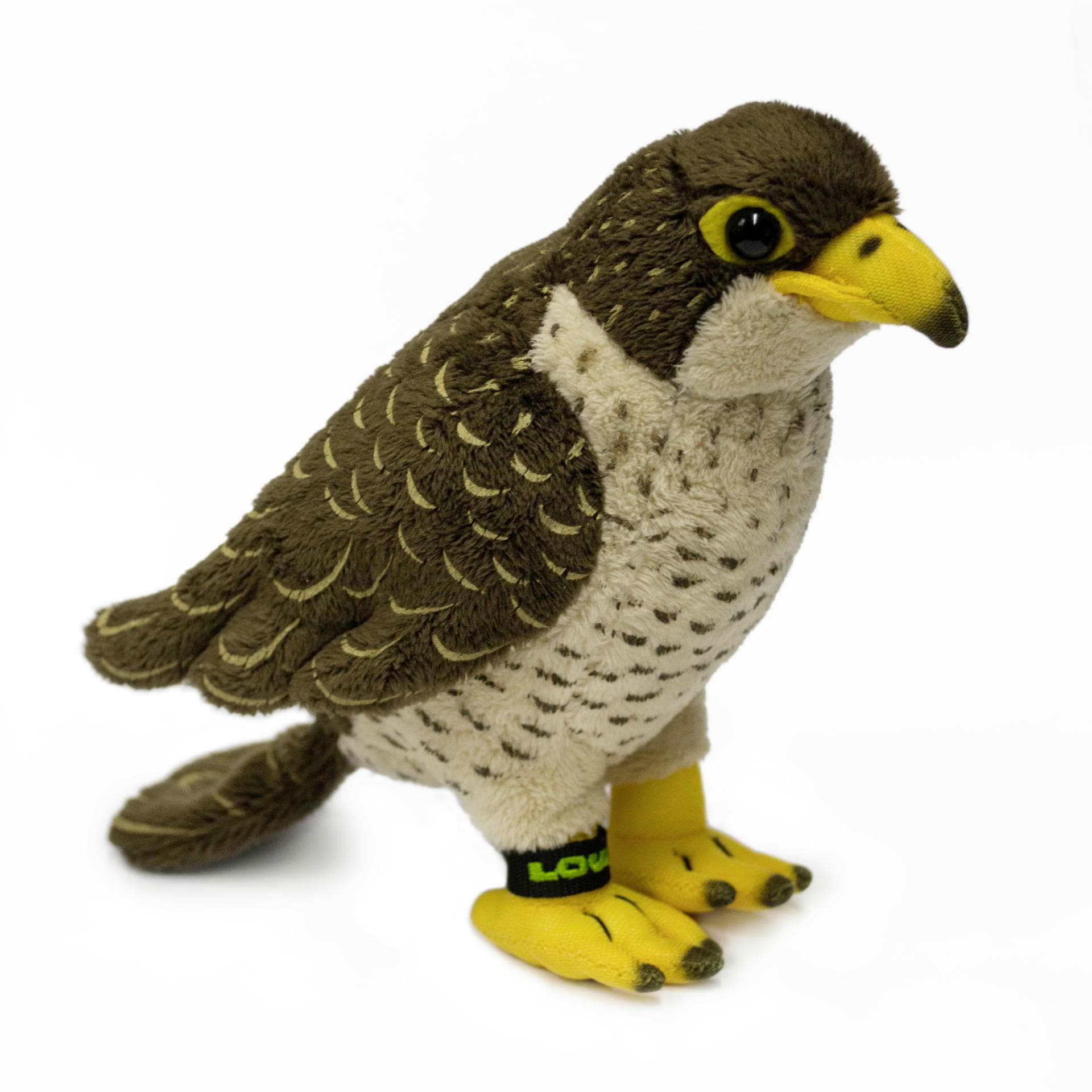Environmental and climate protection are key areas of action in LOWA's sustainability strategy. Protecting our climate and reducing greenhouse gases are probably the greatest challenges of our time. We therefore systematically minimise the impact of our business activities on the environment and climate. This applies both to our direct environmental impact resulting from our business operations and to our indirect environmental impact through, for example, our business travel and purchased goods.
One focus here is on the ambitious goal of becoming climate-neutral by 2050. To this end, LOWA is developing a comprehensive decarbonisation strategy to systematically reduce emissions along the entire value chain. A key lever for us is the expansion of renewable energies. LOWA consistently favours photovoltaics and has significantly increased the proportion of self-generated solar power in recent years.
Photovoltaic systems
Increasing energy efficiency and increasing the proportion of renewable energy are explicit goals of LOWA. In Jetzendorf, a large part of the company car park has been covered with a photovoltaic system since 2015, and since 2018 all roof areas of the warehouse and production buildings have been successively retrofitted with photovoltaics. This means that we cover around 60 per cent of our annual electricity requirements with self-generated solar power. We rely on 100 per cent green electricity for the remaining electricity requirements. We are also pursuing the expansion of renewable energies at our other sites, e.g. by utilising geothermal energy and switching to green electricity.
Company vans and buses
At all our locations, vans and buses transport some of our employees to and from work. This replaces individual journeys to and from work and is a daily contribution to climate protection.
At the locations where we have set up electric charging stations, these can of course also be used by our employees. In Jetzendorf, an electric commuter bus, which is still in the test phase, is already fuelling up with solar power. We also offer our employees the JobRad®.
Upcycling and utilisation of residual materials
As much as we endeavour to work in a way that conserves materials and resources, there are always residual materials such as punching waste and leather remnants that are not suitable for conventional processing as they are too small or are only available in small quantities at the end. We use them to design various items such as our pouches for utensils or our shoe care sets, pencil cases and the like. Depending on the material available, these always turn out slightly different and vary in colour.
